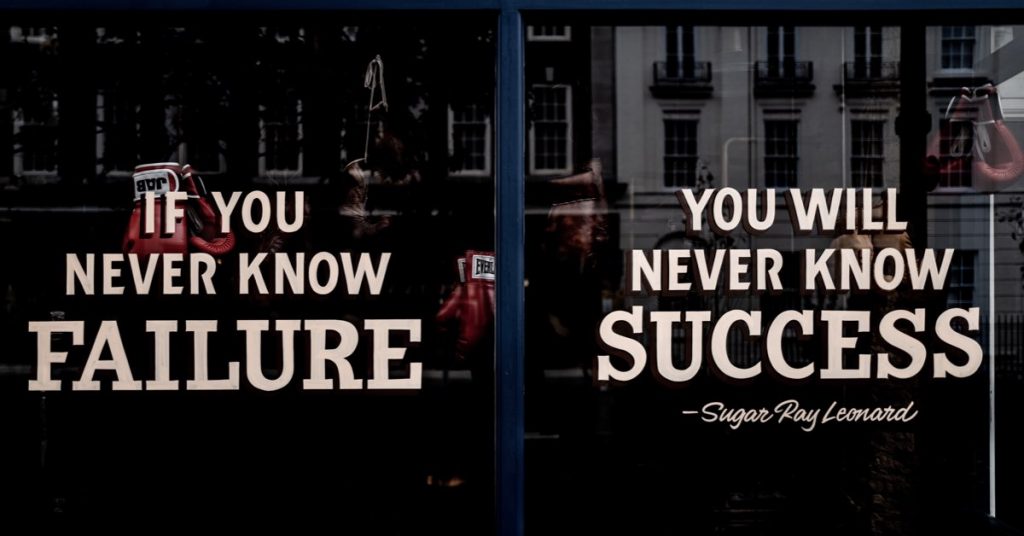
GUEST POST from Greg Satell
Go to just about any business conference and you will see a pundit on stage. He or she will show some company that failed and explain the silly mistakes that they made, then follow-up with a few basic rules to help you avoid those pitfalls and become super successful. You leave feeling confident, because it all seems so simple and easy.
Yet look a little closer and the illusion falls away. Very few of these pundits have ever run a successful business. At the same time, many of the executives that are shown to be so silly today, were hailed as visionaries of their time, often by the same pundits that ridicule them now. Some went on to great success later on.
The truth is that managing a successful enterprise is a very hard and complex thing to do well. It can’t be boiled down to a few simple rules. For every great enterprise that does things one way, you will find one that’s equally successful that goes about things very differently. So to succeed in the long term, we often need to ignore the myths pundits love to repeat.
1. You Need To Move Fast And Break Things
When the iPhone came out in 2007, Microsoft CEO Steve Ballmer dismissed it, saying, “There’s no chance that the iPhone is going to get any significant market share. No chance.” The tech giant recognized the switch too slowly and largely missed out on the mobile market. Microsoft, it seemed, was a dinosaur, soon to become extinct.
Yet actually the opposite happened. Over the next 10 years, the company grew revenues at the impressive annual rate of better than 10% and maintained margins of nearly 30%. Those are very strong numbers. How can a company miss such an enormous opportunity and still survive, much less thrive?
They key to understanding Microsoft’s business isn’t what it missed, but what it was patiently building. While the world was obsessed with mobile, it was developing its servers and tools division, which eventually became the core of its cloud business that is now growing at stellar rates. That’s why Microsoft is once again vying to be the world’s most valuable company.
While agility can be an important asset for developing applications based on technology that is well understood, it is not a great strategy for developing technology that is truly new and different. To do that, you need to explore, discover and invent from scratch. That takes time and patience.
2. Innovation Is About Ideas
There is nothing that pundits and self-styled gurus like to talk about more than the power of ideas. They put up a picture of someone famous, like Albert Einstein, Mahatma Gandhi, Martin Luther King Jr. or, most enthusiastically, Steve Jobs, and revel the audience with a fascinating story about how their ideas changed the world.
The implication is that you can change the world too if only you could find the right idea. So they suggest all manner of exercises, from brainstorming techniques to meditation and mindfulness, designed to get your creative energy flowing so that you can generate more ideas and rise to greatness, just like those fabulous and famous people.
Yet that’s not how innovation happens. Consider Einstein. He didn’t start with an idea, but with a problem. More specifically, he wanted to know what would happen if you shined a lantern while traveling at light speed. It took him ten years to solve that problem with his theory of special relativity. It took him another ten to solve his next problem and arrive at general relativity.
The truth is that if you want to make a real impact, you don’t start with an idea, but by identifying a meaningful problem to be solved. Revolutions don’t begin with a slogan, they begin with a cause.
3. Lowering Costs Will Make You More Competitive
Not all pundits are pie-in-the-sky dreamers. Some are hard-nosed realists and they will tell you that the key to success is focusing on the bottom line. That means a relentless drive toward efficiency and driving down costs so that you can increase margins and achieve a sustainable competitive advantage.
Yet as MIT Professor Zeynep Ton, explains in The Good Jobs Strategy, that’s often not the case, even in the notoriously stingy retail industry, she points to companies like Costco, Trader Joe’s and Spain’s Mercadona as examples of how you can get better results by investing in training and retaining employees to better serve your customers.
The problem with a relentless drive to cut costs and drive efficiency is you often end up impeding the interoperability and exploration it takes to create value. That’s the efficiency paradox. The more we try to optimize operations, the less we are able to identify improvements, react to changes and discover new possibilities.
This is becoming even more important in the age of automation, where it is all too easy to replace employees with robots and algorithms. The truth is that racing to the bottom of the cost curve will almost guarantee that you will become a commodity business. Value never disappears, it just moves to a new place. To compete for the long term, you need to identify value at a higher level, develop new business models and redesign work.
4. Companies That Fail Weren’t Paying Attention
The one thing that you can almost guarantee at any conference is that at least one of the fancy pants gurus will tell a story about a great big company, usually Blockbuster, Kodak or Xerox, that was run by eminently silly people. Because these dull executives were asleep at the wheel, they failed to notice the change swirling around them and drove their enterprises into the ground.
The problem is that these stories are almost never true. Make no mistake, it takes talent, intelligence and ambition to run a significant enterprise. So whenever anybody tells you that there was a simple fix to a complex problem, you should raise your B.S. antenna. You’re probably being sold a fairy tale.
Reality is never simple or clear cut. Executives need to make tough decisions with incomplete information, often in a complex time frame. So rather than looking for easy answers, you would do yourself a much greater service by trying to uncover why smart, diligent leaders with good intentions so often get it wrong and learning from them.
Most of all, you need to internalize the fact that success or failure never boil down to a single decision or event. Even the best of us have bad moments and sometimes the least deserving get lucky. The best you can do is to keep moving forward, continue to learn and, most of the time, ignoring the pundits.
— Article courtesy of the Digital Tonto blog and previously appeared on Inc.com
— Image credit: Dall-E on Bing
![]() Sign up here to join 17,000+ leaders getting Human-Centered Change & Innovation Weekly delivered to their inbox every week.
Sign up here to join 17,000+ leaders getting Human-Centered Change & Innovation Weekly delivered to their inbox every week.
 Drum roll please…
Drum roll please…


